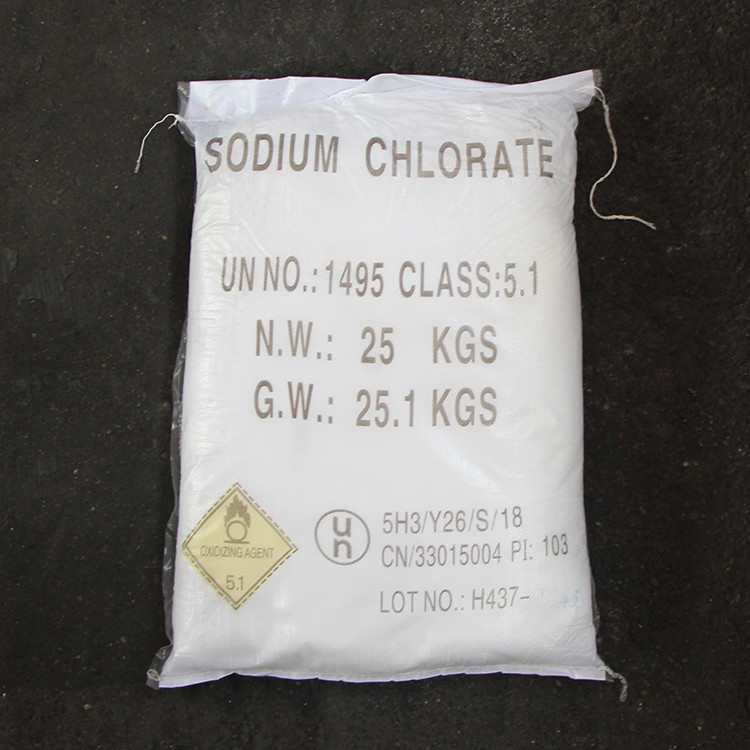



chemical used for purification of water
Chemical Purification of Water An Overview of Common Chemicals Used
Water is an essential resource for life, and its purity is crucial for health, sanitation, and environmental protection. As populations grow and industries expand, the demand for clean water has skyrocketed, prompting the need for effective purification methods. Chemical processes play a pivotal role in water treatment and purification, utilizing various chemicals to remove contaminants and ensure safe drinking water. This article delves into some commonly used chemicals in water purification and their effectiveness.
Chemical Purification of Water An Overview of Common Chemicals Used
Another chemical extensively employed in water purification is ozone (O3). Ozone is a powerful oxidizing agent that can eliminate microorganisms, break down organic contaminants, and even remove odor and color from water. Its effectiveness stems from its ability to penetrate cell walls and disrupt cellular functions. Unlike chlorine, ozone does not leave harmful residual byproducts, making it a preferable choice in certain applications. However, the use of ozone requires specialized equipment and careful handling, as it is a toxic gas that can pose health risks in high concentrations.
chemical used for purification of water

Alum, or aluminum sulfate, is another key player in water treatment, particularly in coagulation and flocculation processes. When added to water, alum reacts with impurities to form larger particles (flocs) that can settle out of the water column. This process improves the clarity of water by removing suspended solids, including dirt, organic matter, and microorganisms. The effectiveness of alum in removing contaminants makes it a staple in municipal water treatment plants worldwide. Its use is often followed by additional filtration processes to ensure the water meets safety standards.
Activated carbon is also a critical chemical in water purification. It is used primarily for adsorbing organic compounds, chlorine, and other chemicals from water. Activated carbon operates on the principle of adsorption, where impurities adhere to the surface of carbon particles. This method can effectively remove taste, odor, and harmful substances, making treated water more palatable. Activated carbon filters are often employed in household water treatment systems, as they provide an accessible means for individuals to ensure the safety of their drinking water.
In recent years, advances in water purification technologies have introduced more sophisticated chemicals such as potassium permanganate and hydrogen peroxide. Potassium permanganate serves as an oxidizing agent, effectively breaking down complex organic compounds and controlling taste and odor in water supplies. Hydrogen peroxide is another powerful oxidant used in the treatment of both drinking water and wastewater, helping to degrade organic pollutants and disinfection byproducts.
In conclusion, the quest for clean and safe drinking water relies heavily on chemical purification processes. Chlorine, ozone, alum, activated carbon, and newer chemicals like potassium permanganate and hydrogen peroxide all play vital roles in water treatment systems. Each chemical has its advantages and limitations, and the choice of which to use often depends on the specific water quality issues at hand. As technology advances and our understanding of water contaminants grows, the methods and chemicals we use to ensure water purity will continue to evolve, guaranteeing access to safe drinking water for future generations.
-
Why Sodium Persulfate Is Everywhere NowNewsJul.07,2025
-
Why Polyacrylamide Is in High DemandNewsJul.07,2025
-
Understanding Paint Chemicals and Their ApplicationsNewsJul.07,2025
-
Smart Use Of Mining ChemicalsNewsJul.07,2025
-
Practical Uses of Potassium MonopersulfateNewsJul.07,2025
-
Agrochemicals In Real FarmingNewsJul.07,2025
-
Sodium Chlorite Hot UsesNewsJul.01,2025










